|
John Tyman's Cultures in Context Series Torembi and the Sepik A Study of Village Life in New Guinea |
|
Topic No. 8: Cash Crops and Livestock |
|
John Tyman's Cultures in Context Series Torembi and the Sepik A Study of Village Life in New Guinea |
|
Topic No. 8: Cash Crops and Livestock |
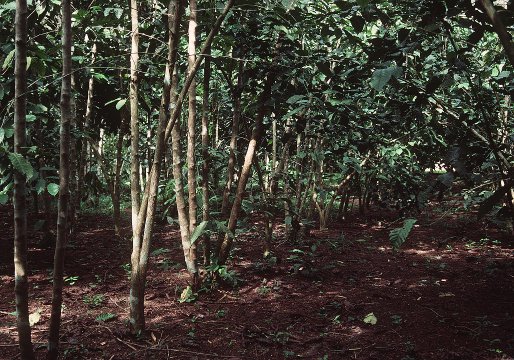 |
| 113. In Torembi people who want to make money are turning to coffee. It is grown in small clearings, not much bigger than a vegetable garden, under lines of specially planted shade trees. |
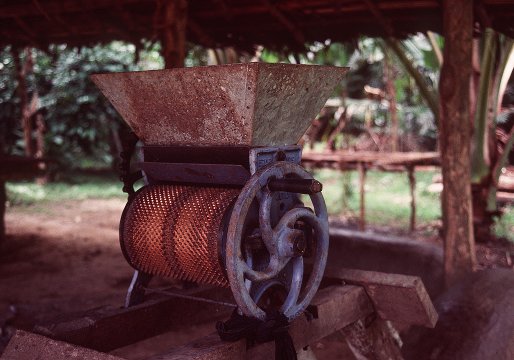 |
| 114. They have machines now to remove the outer skin from the beans … a job previously done by hand. |
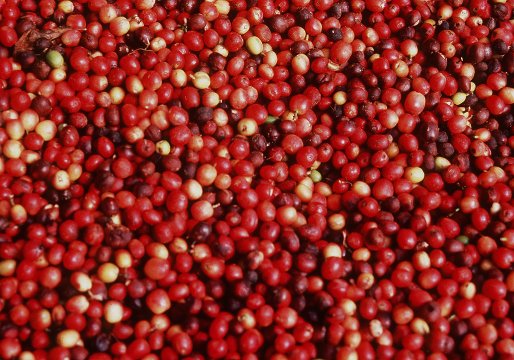 |
| 115. There are problems, however, which cannot easily be solved … including inevitable variations in the quality of the product when you have many small producers. |
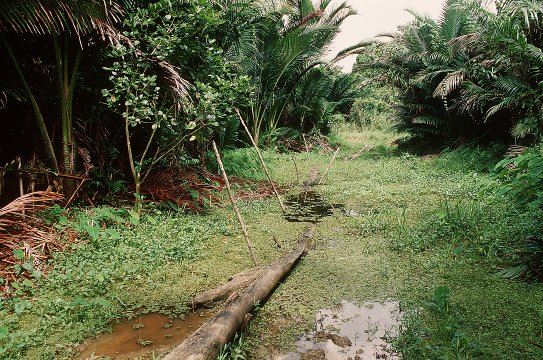 |
| 116. It is also difficult to transport the crop to market. Most coffee gardens are distant from the village along forest tracks, so the beans must be carried out in sacks. |
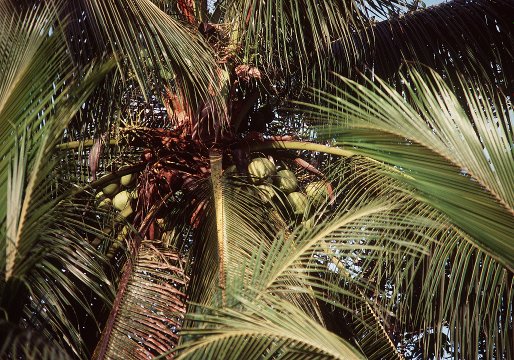 |
| 117. Coconuts are not grown for sale here, as they are on the coast. Instead they are a local foodstuff, readily available in all villages … to those able to pick them. |
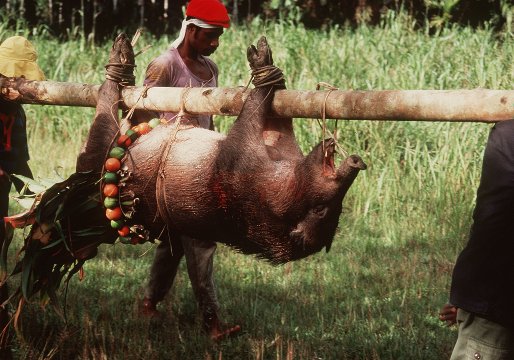 |
| 124. Instead they are kept as pets, and also to show off … since a family with many pigs is considered to be important here. They are killed only on special occasions. |
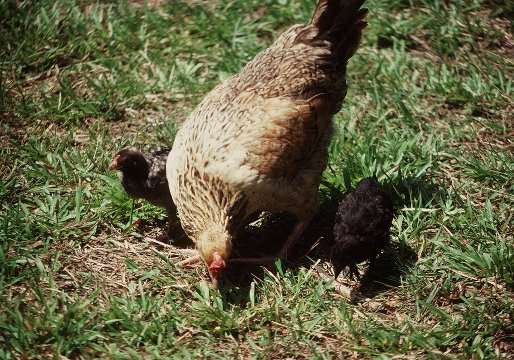 |
| 125. There are plenty of chicken here too; but, like the pigs, they have only a small impact on the local diet. The hens produce a few eggs, but provide very little meat. |
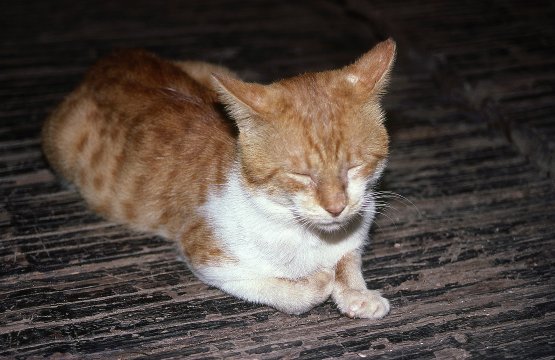 |
| 128. Cats, in comparison, lead a charmed life. They have a job to do, controlling rats, and no-one would dream of killing one. |
![]()

![]()
Back to
Cultures in Context Intro: Photos & Recordings
![]()
Text, photos and recordings
by John Tyman
Intended for Educational Use
Only.
Copyright Pitt Rivers Museum,
Oxford University, 2010.
Contact Dr.
John Tyman for more information regarding licensing.
![]()
Photo processing, Web page layout,
formatting, and complementary research by
William Hillman ~ Brandon, Manitoba
~ Canada
www.hillmanweb.com